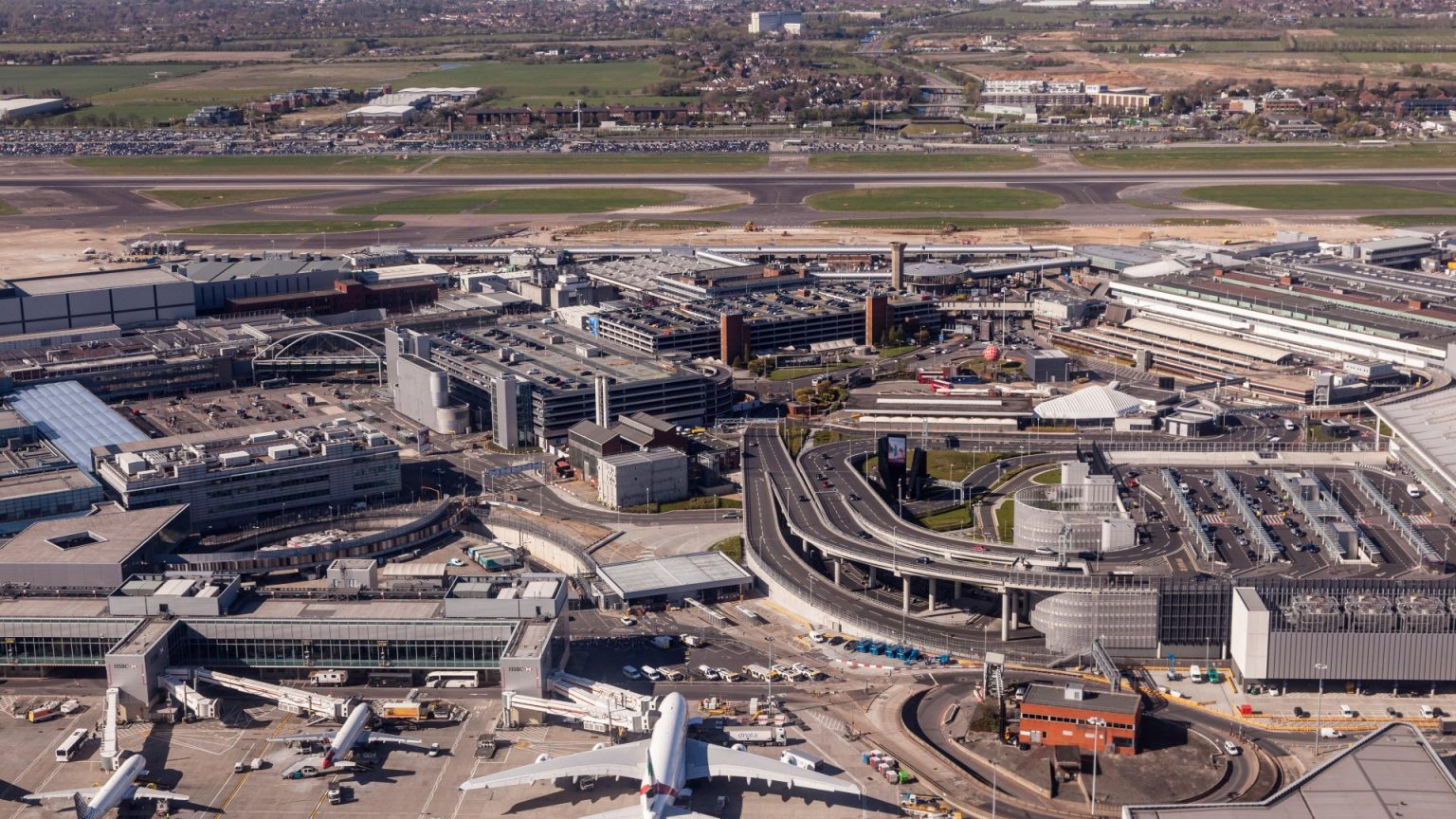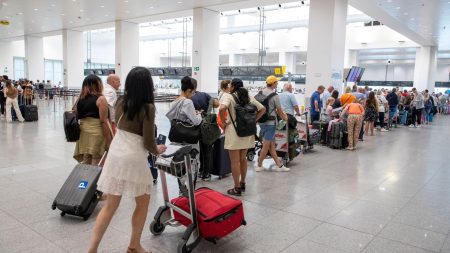The ambitious HS4 high-speed rail project, envisioned in 2018, held the promise of revolutionizing travel between two of London’s busiest airports, Gatwick and Heathrow, while potentially breathing new life into a third, Manston Airport in Kent. With a projected cost of £10 billion, the 87-mile route would have seamlessly integrated with the existing HS1, connecting London to the Channel Tunnel, and the developing HS2, linking London to the north of England. Further integration with HS3, planned to connect Liverpool and Newcastle, would have created a comprehensive high-speed rail network spanning the country. The proposed HS4 line, largely following the path of the M25 motorway, aimed to slash travel time between Gatwick and Heathrow to a mere 15 minutes, a dramatic improvement over the current 50-minute road journey, often significantly extended by notorious M25 traffic congestion. Public transport users, facing a cumbersome 1 hour and 25-minute journey involving a trip into central London and a transfer at Farringdon station, would have saved over an hour.
Beyond connecting the airports, HS4 would have facilitated easier access for travelers from Birmingham and Manchester, leveraging the interconnected high-speed lines. The revival of Manston Airport, with its long-term plans to resume passenger flights, could have also benefited significantly from the improved connectivity. The project’s initial announcement, however, was met with resistance from local communities concerned about the potential impact on the green belt. Expedition Engineering, the firm behind the HS4 proposal, sought to allay these concerns by emphasizing that 20% of the route would be underground, while another 40% would utilize existing tracks, minimizing environmental disruption.
Despite the initial enthusiasm and the potential benefits, the HS4 project ultimately failed to gain traction. No further planning applications were submitted, effectively halting the ambitious plan. The combination of community opposition and doubts about the project’s financial viability proved insurmountable. This setback occurred despite earlier calls for expanding the high-speed rail network, notably by Jeremy Hunt in 2003, who advocated for HS3, HS4, and HS5, emphasizing the need for improved connectivity across the country. The HS4 project serves as a reminder of the complex interplay between infrastructure development, community concerns, and economic realities.
While the HS4 project remains unrealized, the UK’s existing airports continue to evolve and adapt to the demands of modern air travel. London Heathrow, for instance, is undergoing a £2.3 billion revamp of its terminals, aiming to enhance the passenger experience. This project, scheduled for completion by next year, reflects the ongoing commitment to improving airport infrastructure. Similarly, Bristol Airport is investing £400 million in an expansion project that will increase the terminal size by 70%. Manchester Airport’s £1.3 billion renovation, nearing completion, will introduce new shops, restaurants, and even a champagne bar, further elevating the passenger experience. These investments highlight the continuous efforts to modernize and improve airport facilities across the UK.
The historical anecdote of King’s Cross Station’s near transformation into an airport in the 1930s provides a fascinating glimpse into alternative visions for transportation infrastructure. The ambitious “Aerial Kings Cross” proposal, a circular airport designed for both passenger and private flights, ultimately fell victim to concerns about its unconventional design. The inability to easily expand the circular runway, coupled with fears of planes potentially overshooting the edge, led to the project’s abandonment. This episode underscores the importance of practical considerations and long-term planning in infrastructure development.
The UK’s airport landscape continues to evolve, with passenger numbers reflecting the dynamic nature of air travel. London Heathrow remains the busiest airport in the UK, handling over 79 million passengers in 2023. Gatwick follows closely with 40.9 million passengers, highlighting the concentration of air traffic in the London area. Other major airports, including Manchester, Stansted, Luton, and Edinburgh, also serve significant passenger volumes, demonstrating the importance of air travel across the UK. The ongoing investments in airport infrastructure, coupled with the historical context of ambitious projects like HS4 and the “Aerial Kings Cross,” illustrate the constant pursuit of improved connectivity and enhanced passenger experiences within the UK’s transportation network.











